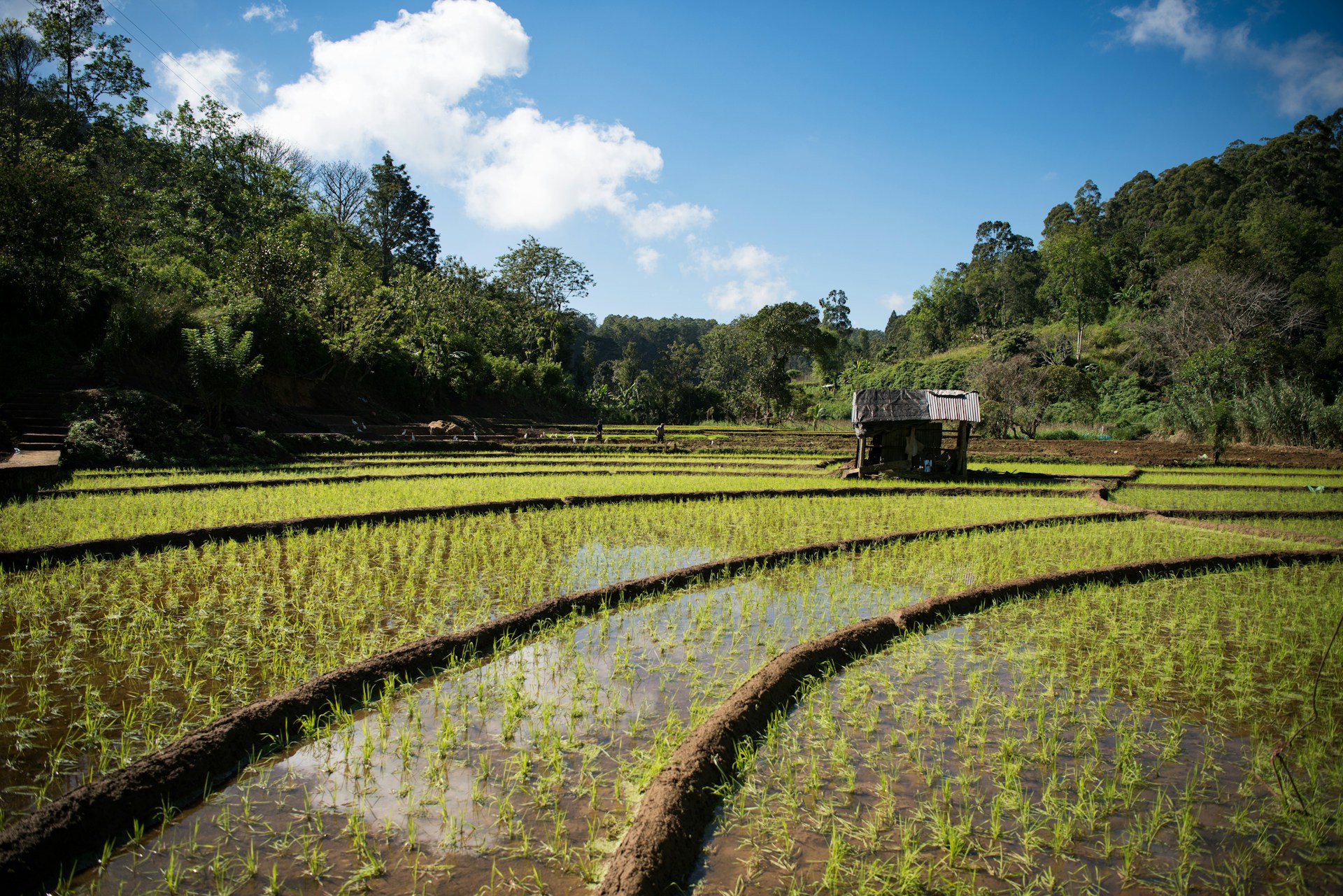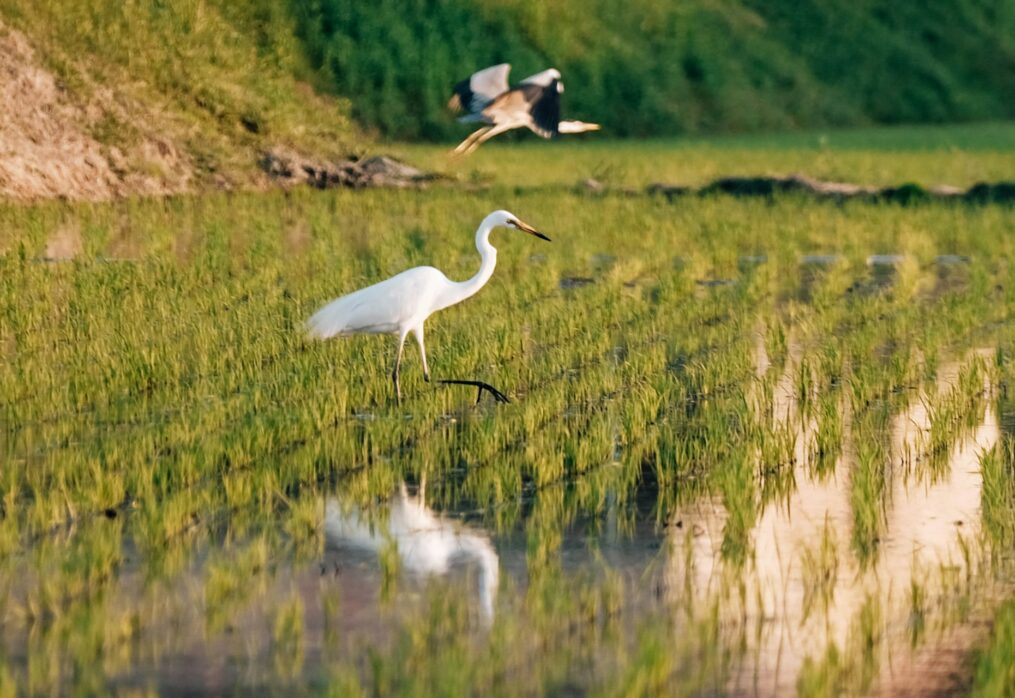New rice farming methods to be introduced in Vietnam
Innovative rice farming methods will help make the production process more environmentally friendly
Vietnamese researchers from the Loc Troi Company are introducing innovative rice farming methods. The scientists’ main goal is to reduce methane emissions from agricultural activities.
The need for innovation
Vietnam is a major rice producer that exports to the world market. At the same time, growing the crop has a negative impact on the environment. Rice fields are filled with water, which prevents sufficient oxygen from reaching the soil. This leads to anthropogenic methane emissions. Rice fields alone produce 8% of the world’s emissions of this gas.
However, the country cannot abandon or reduce rice production. The crop is economically and culturally significant, but new approaches to growing it are needed. Loc Troi is testing an innovative method of rice production to reduce emissions. Its essence:
fields are not entirely filled with water, which improves oxygen penetration into the soil;
scientists spray fertiliser using drones rather than manual or machine methods.
Planting rice seedlings and applying fertiliser is a labour-intensive process. The new method uses less water and automates the application of nutrients. In this way, resources can be saved, and agricultural operations can be partially simplified.
Results of implementing the method
Vietnamese farmer Vo Van Van is already trying a new approach to reducing methane emissions. He has introduced an innovative irrigation method — alternate wetting and drying. This approach uses less water than traditional techniques. As for drones, they improve the accuracy of fertiliser application. This allows the farmer to control the amount applied.
Wang Wang also does not burn rice stubble, which is one of the causes of air pollution in the country. Instead, he leases it to Loc Troi, a trading company. Loc Troi sells the stubble for animal feed and mushroom cultivation. This approach has already had a positive impact on the farmer’s business. The farmer has reduced water and fertiliser costs without lowering yields.
Loc Troi director Nguyen Duy Thuan notes the following results of the new method:
— farmers have reduced the amount of rice seed they use by 40% per year;
— 30% less water is needed to grow the grain;
— the cost of applying pesticides and other fertilisers has been reduced;
— planting the crop and fertilising the fields requires less labour.
Loc Troi is currently implementing the new method on 100 hectares. However, the company plans to expand the area to 300,000 hectares immediately.
It is worth noting that the introduction of innovative approaches is in line with the objectives of the Vietnamese government. According to the strategy, the country’s cultivation area should grow to 1 million hectares by 2030. And the aim is to develop high-quality, low-emission rice.
